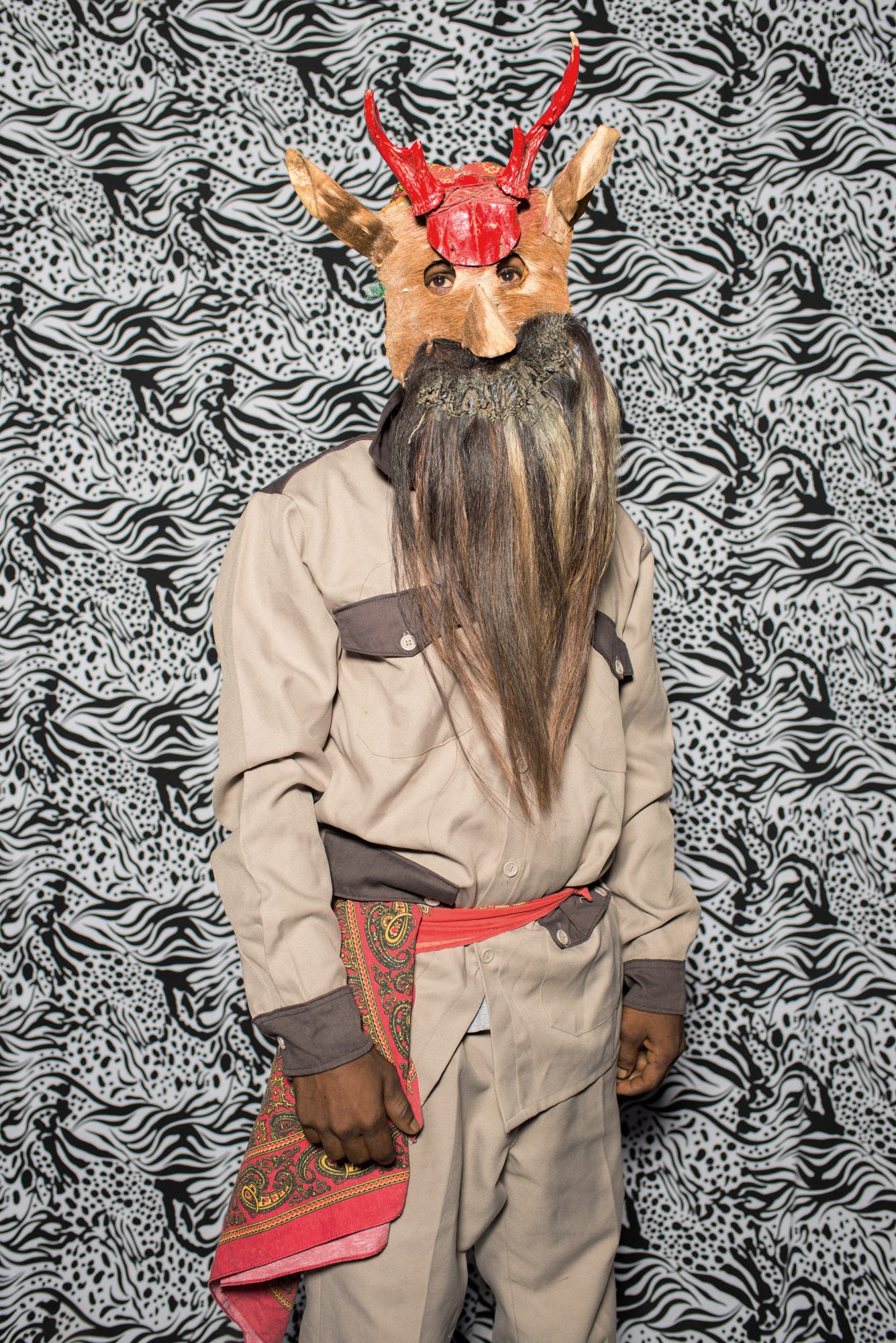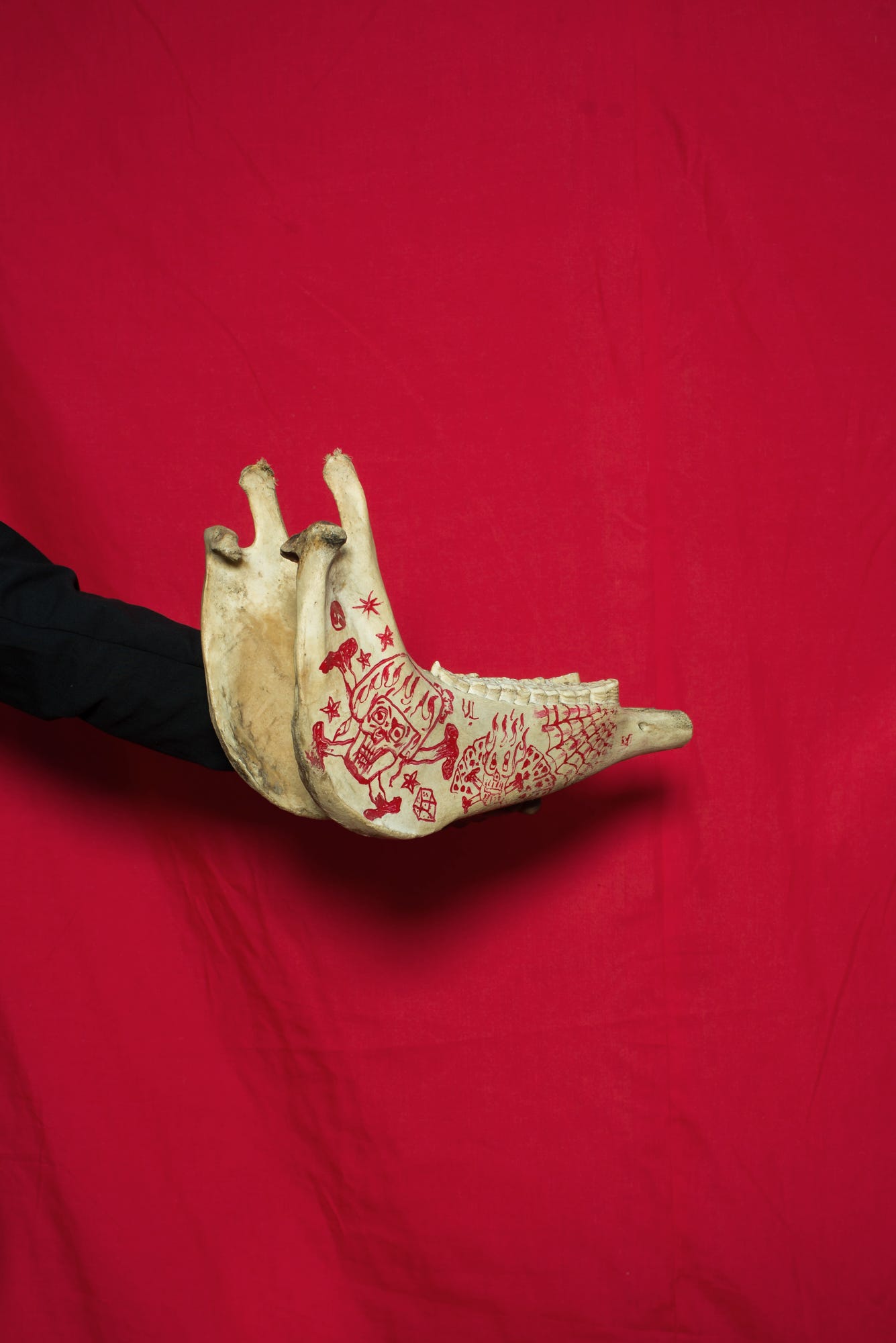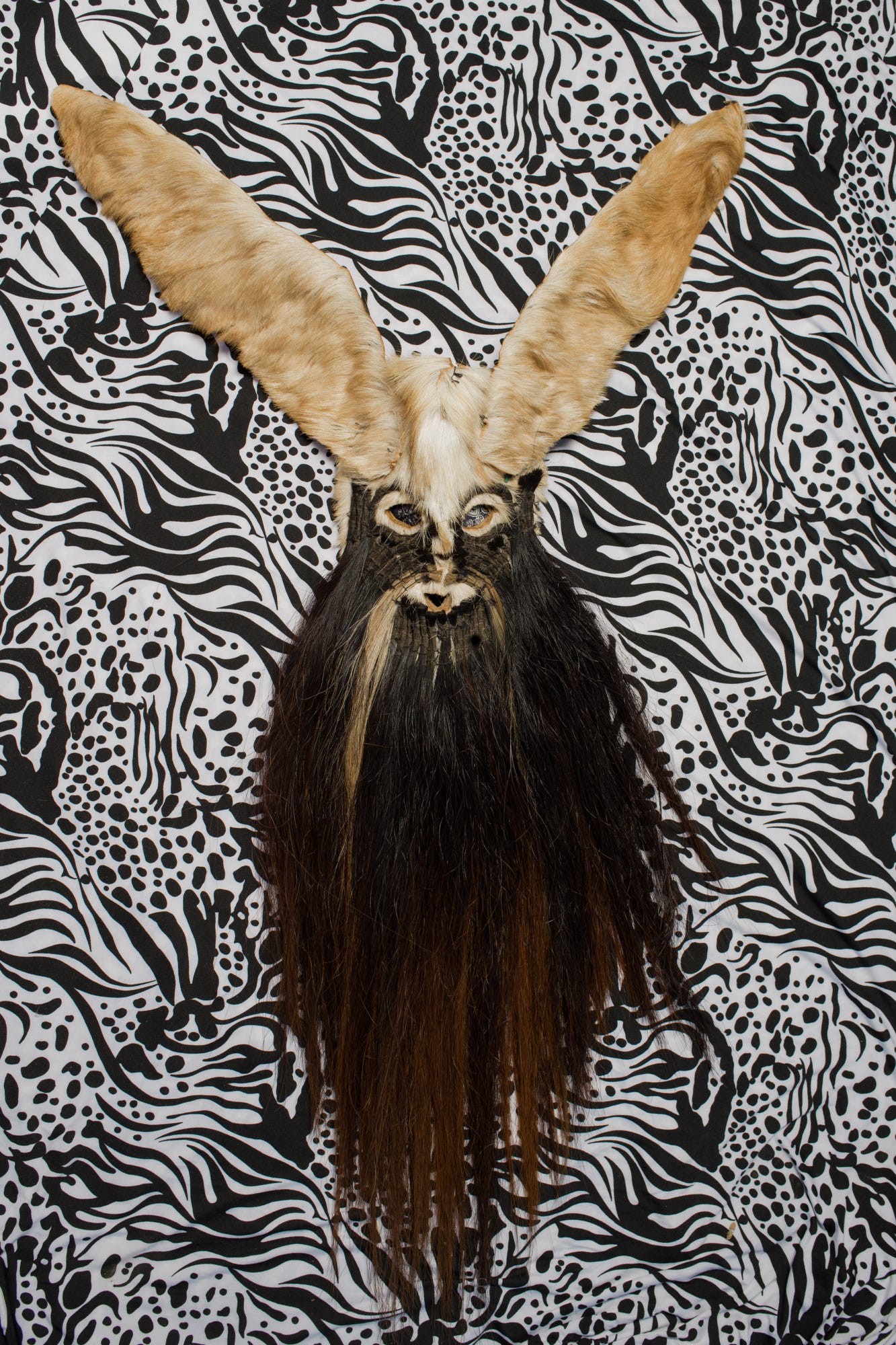Diablos de Cuajinicuilapa
The dance of the Afro-Mexican resistance

In the Mexican West, more precisely in the Costa Chica, the Afro-Mexican territory was settled. This area arose during the process of colonization, when the Spaniards brought African people with them as slaves.


During the days of freedom granted to them by their planters, the slaves went out to celebrate and dance. These were days in which they could resume their customs and traditions, stemming from their African roots, which were getting lost little by little as they were forced to assimilate to the way of life of their masters.

The “Danza de Diablos” (dance of the devils) was the main dance of that moment. It is a ritual dedicated to the Black God Ruja, whom they honored and asked for help to break them free from their harsh working conditions. That is why at the beginning of the dance he is invoked with respect and reverence with the shout of “Urra!”



The dance is performed by a group of 24 dancers in two columns. The dancers used to be only men, but today women—though few—also dance. There is a Major Devil or “El Viejo” (The Old Man), and his wife “La Minga” or “La Vieja” (The Old Lady), the Mother of Devils. They all wear a mask of wood or cardboard with a deer antler, hair, horsehair beard and animal’s jaws. The Greater Devil is always more elegant and uses chaps. There are also three musicians who play the harmonica; the charrasca (donkey or horse’s jaw) and a boat or “tigrera” that, when rubbing with the hand, produces a sound like the roar of the tigers.


The dance of the devils is a dance of rebellion and protest, the manifestation of the cultural force that Afro-descendants repressed. This is why they asked the landowners to let them dance, but the church did not accept them as “people” and prohibited them to dance to the saints or to God.

They were only allowed to dance to the devil, so that’s what they did, creating the identity of the devil that is realized through the masks. The sounds and choreographies that are made are the syncretism of the Afro with the indigenous, giving rise to the emergence of the first Afro-Mexican traditions.


This series is part of a bigger project called “Xayakatl” (meaning mask in Nahuatl) in which I visually explore Mexican syncretism through masked dances. This project is being developed with thanks to the Lucie Foundation Scholarship and Women Photograph Grant.
Lujàn Agusti is one of six selected visual storytellers of World Press Photo’s 6x6 Global Talent Program, in South America 2018.
Daniella Zalcman, USA, photographer said of her work, “Luján’s work is unexpected, visually stunning, and always incorporates sharp, pointed references to the historical contexts of the issues she’s investigating with her work. The combination makes for thought-provoking images that blur the lines of documentary and fine art, reality and memory, past and present.”
In a rolling process of nomination and selection, the 6x6 program identifies six under-recognized talents from each of the world’s six continents, and connects them to a global audience.
If you liked this article, click and hold 👏 below so others will see it.










